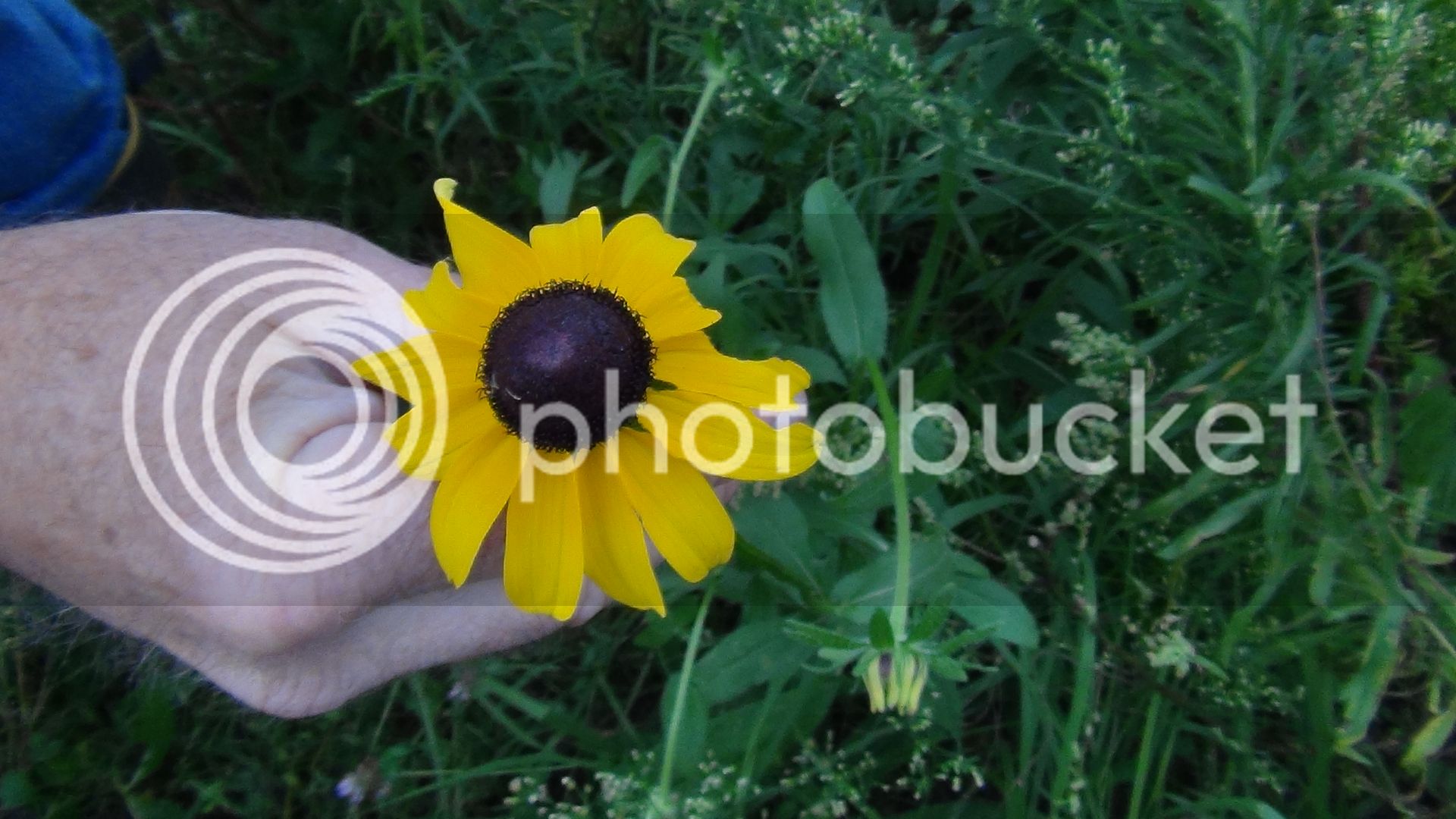D
dipper
Guest
Mine is spotty too. I'm on year 3, in sandy soil. Some spots are 6' some a 1'. I'm hoping the 1' stuff this year will improve next year. Im impressed with the drought resistance switch has. That 1' stuff was pretty crisp during our July drought, and it's nice and green now. Seems like it is pretty hard to kill.
My ? Is a burn a good idea if you want it to thicken up? Wouldn't burning the seed prevent it from thickening up?
My ? Is a burn a good idea if you want it to thicken up? Wouldn't burning the seed prevent it from thickening up?
















